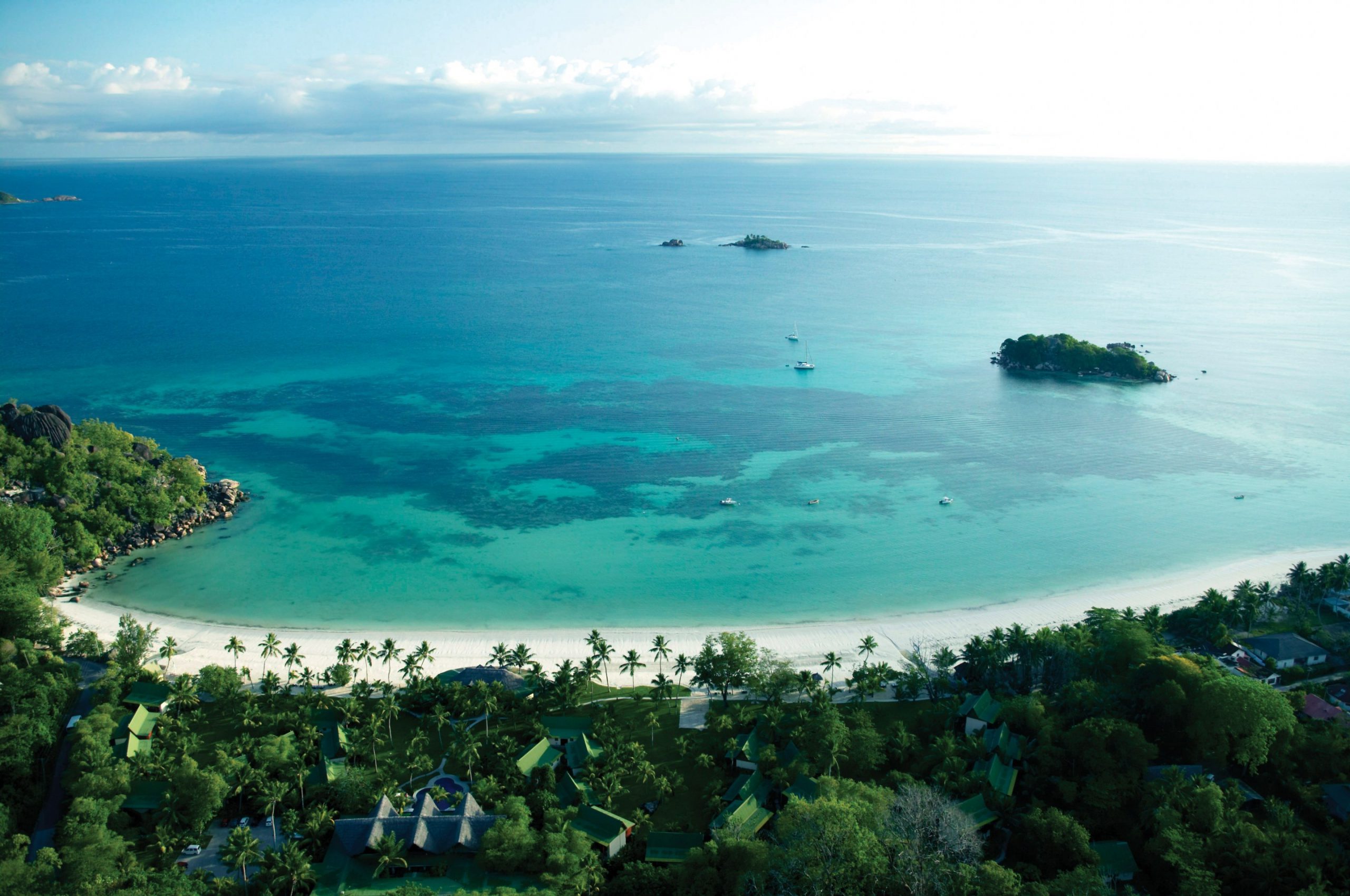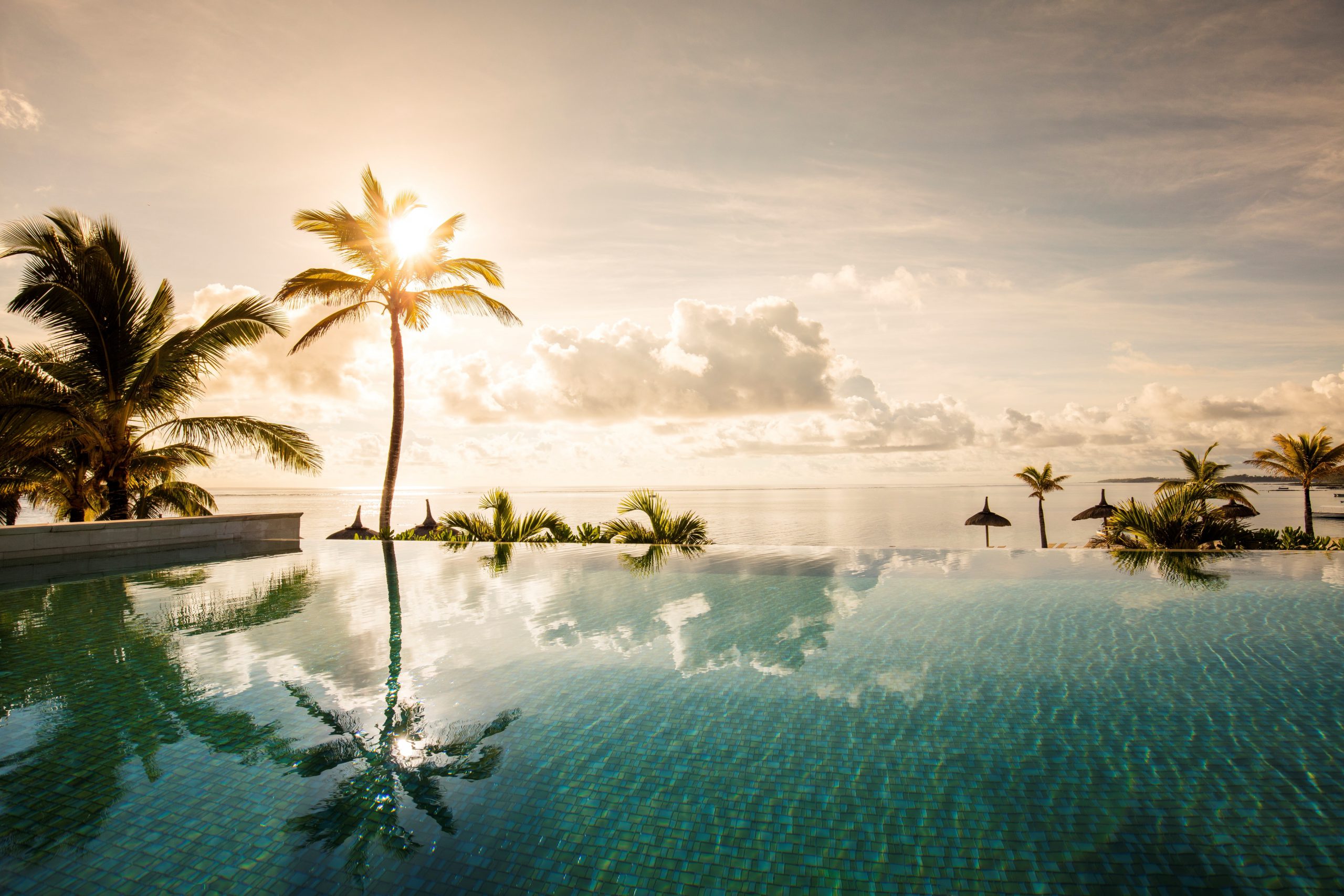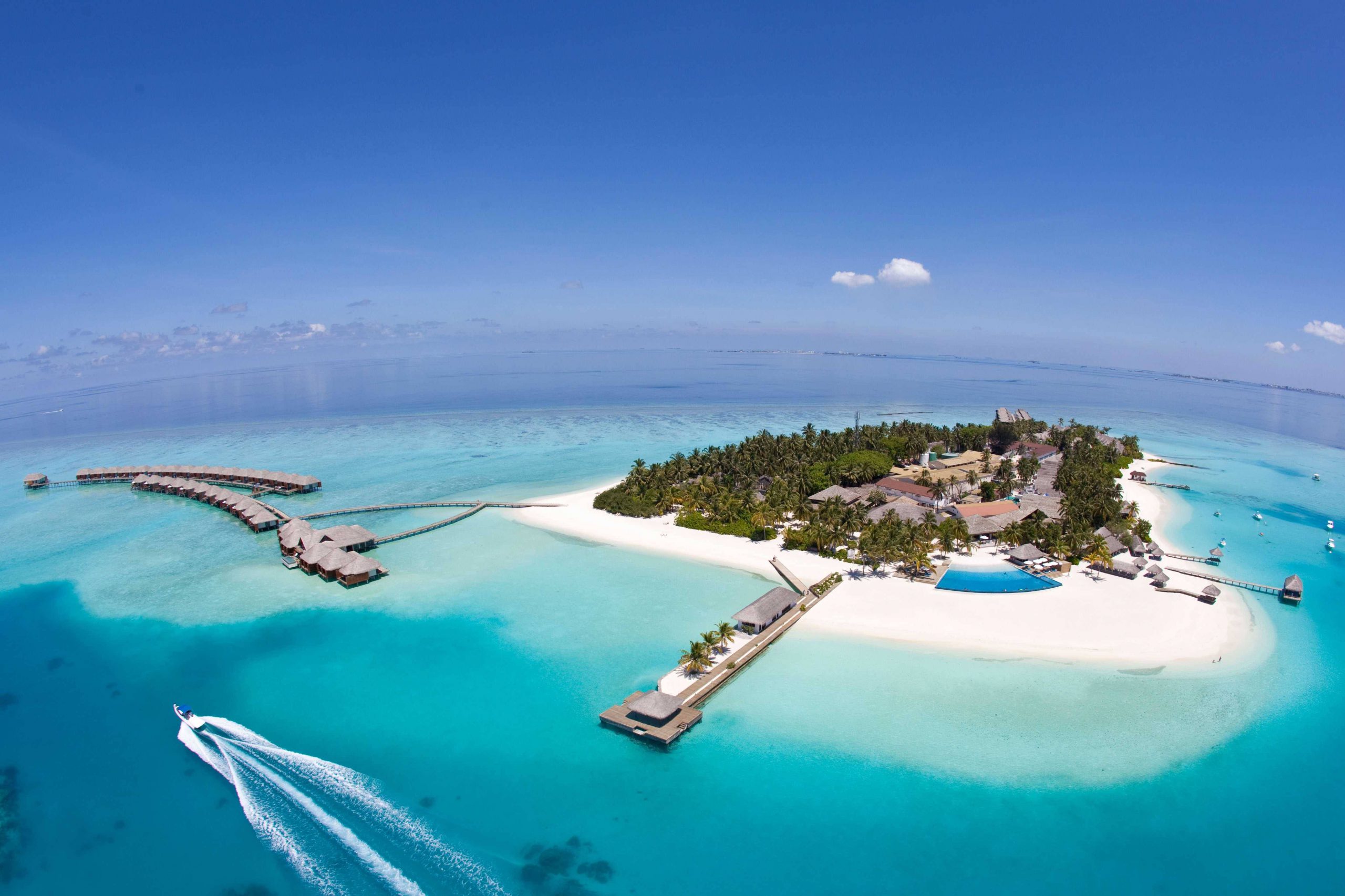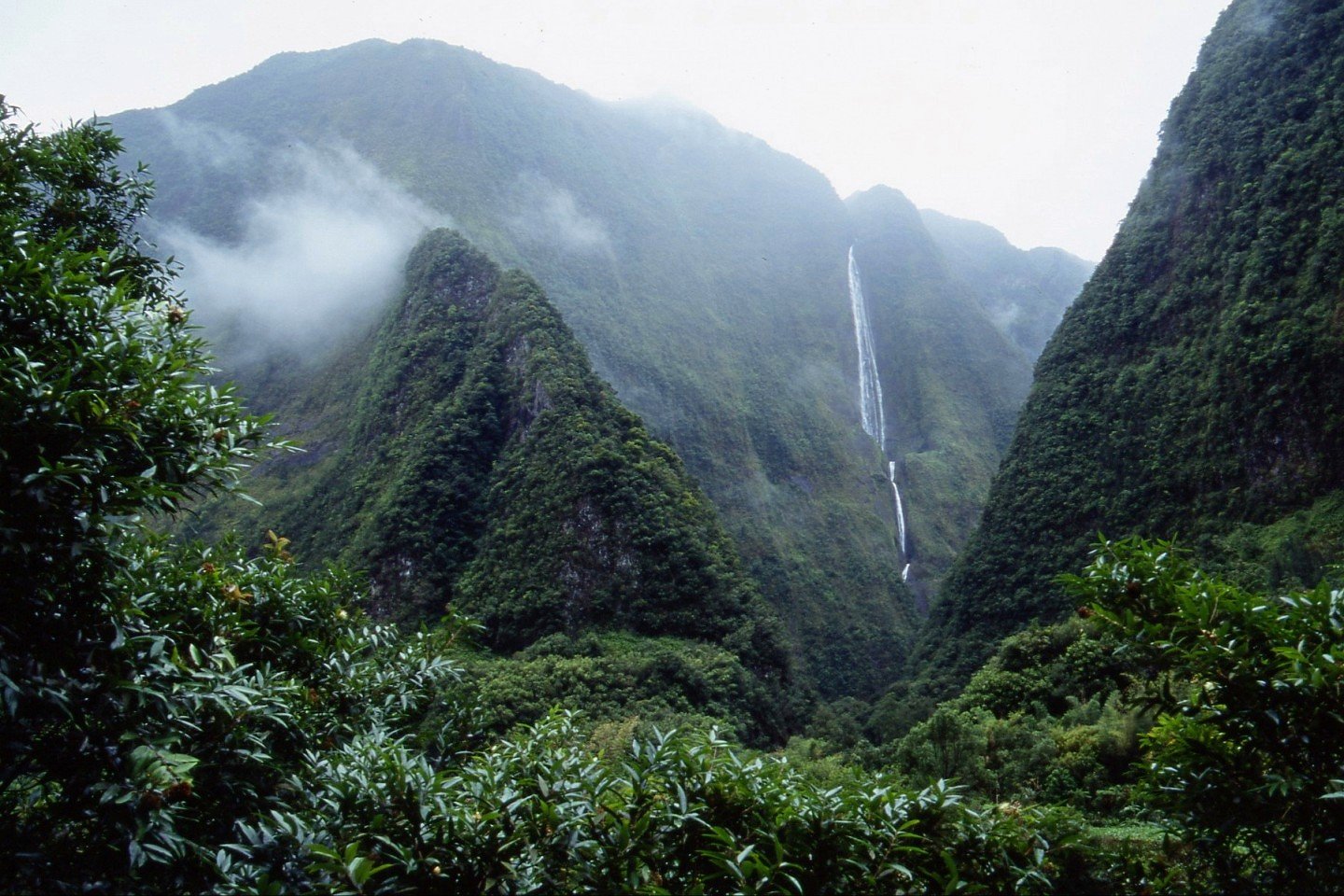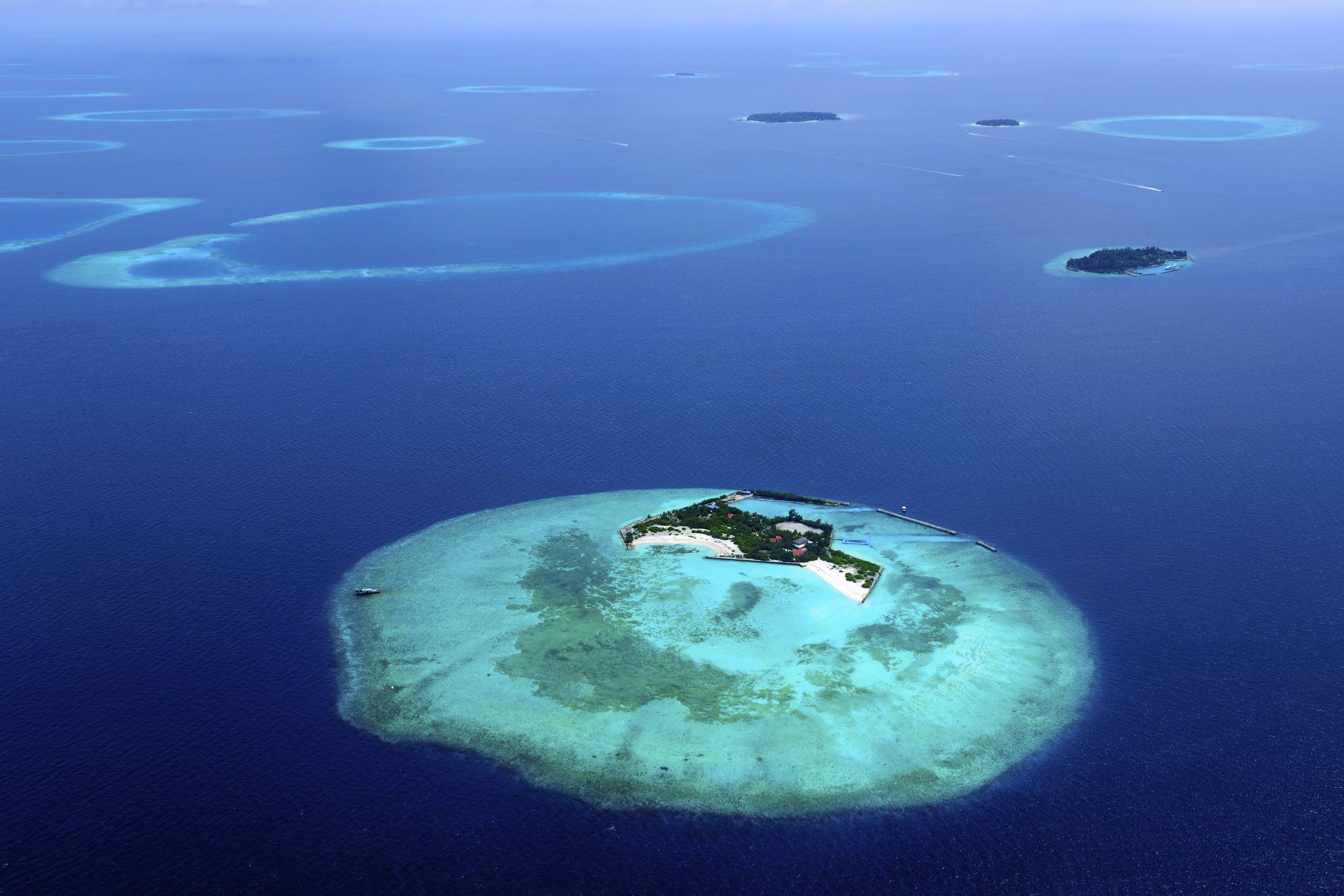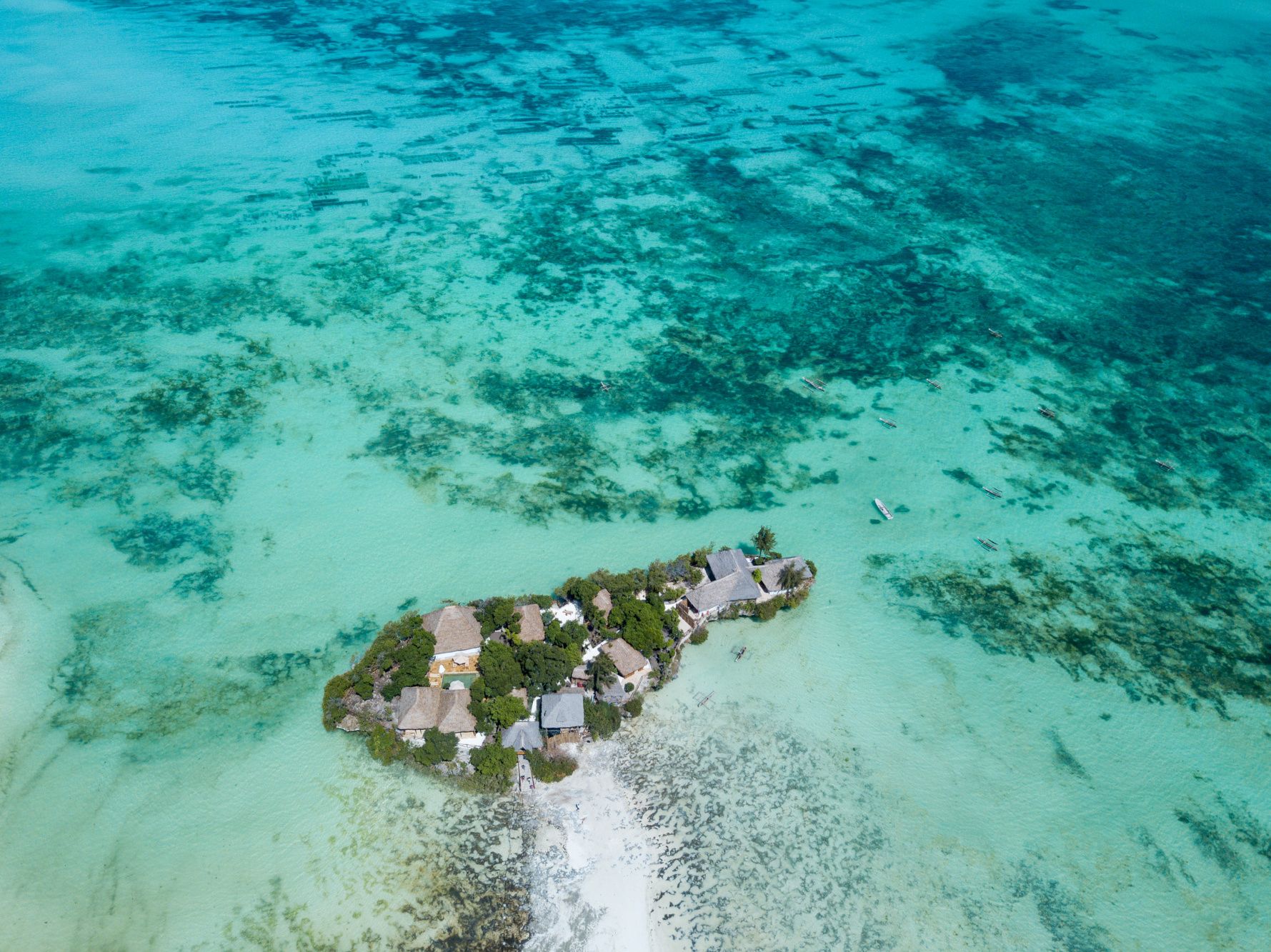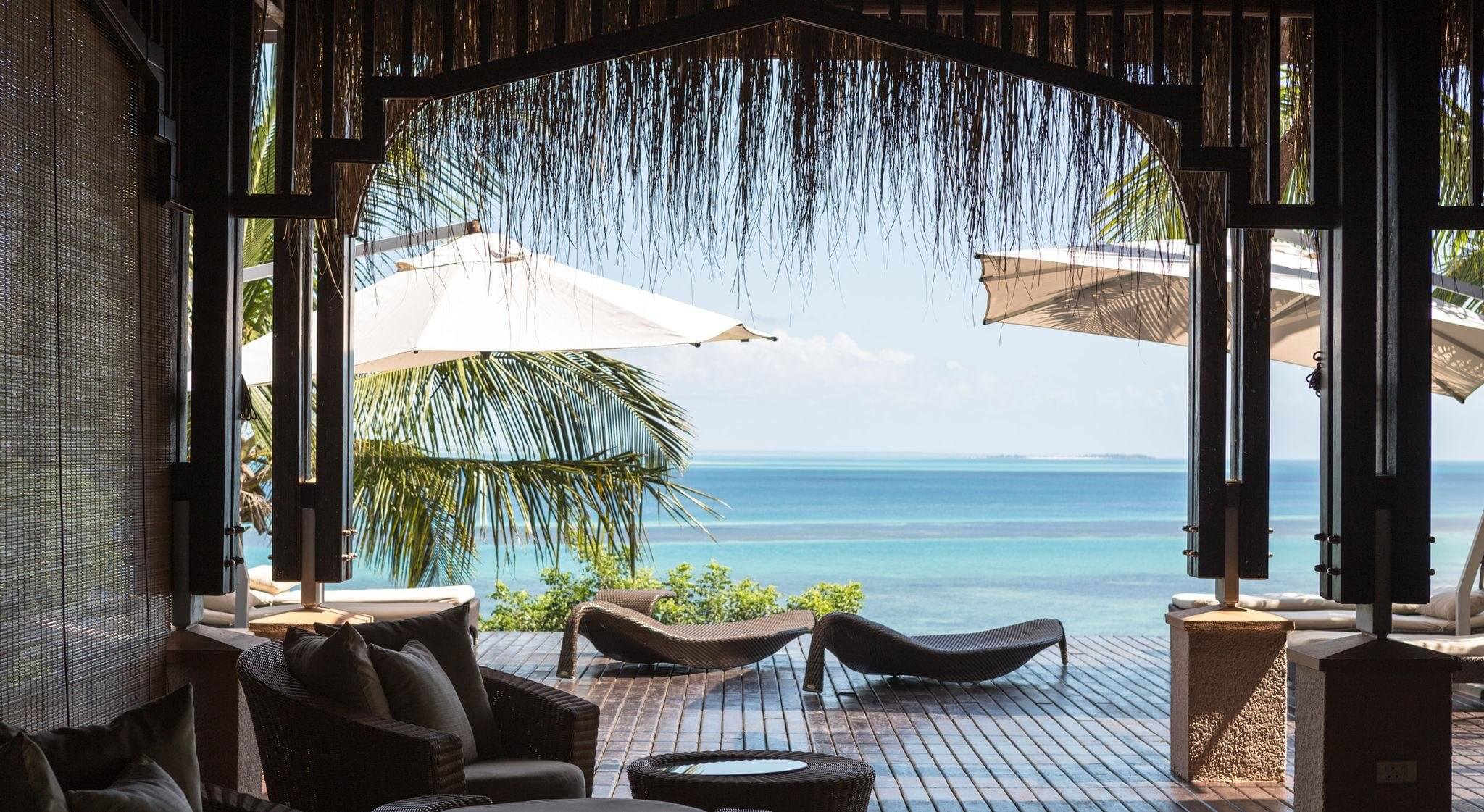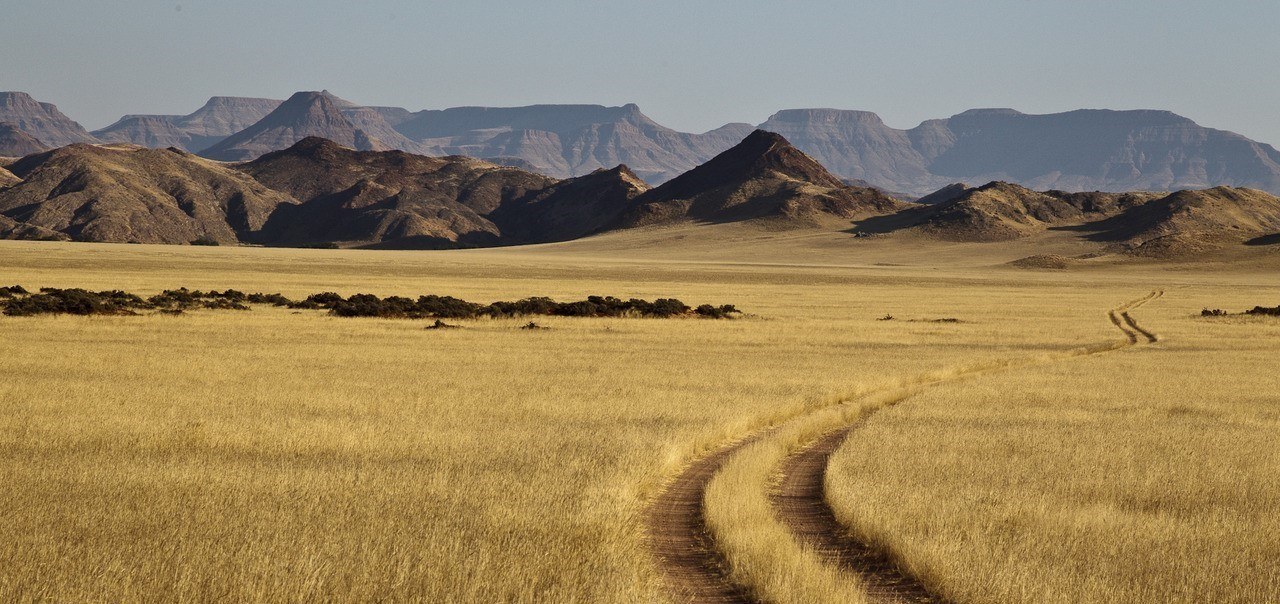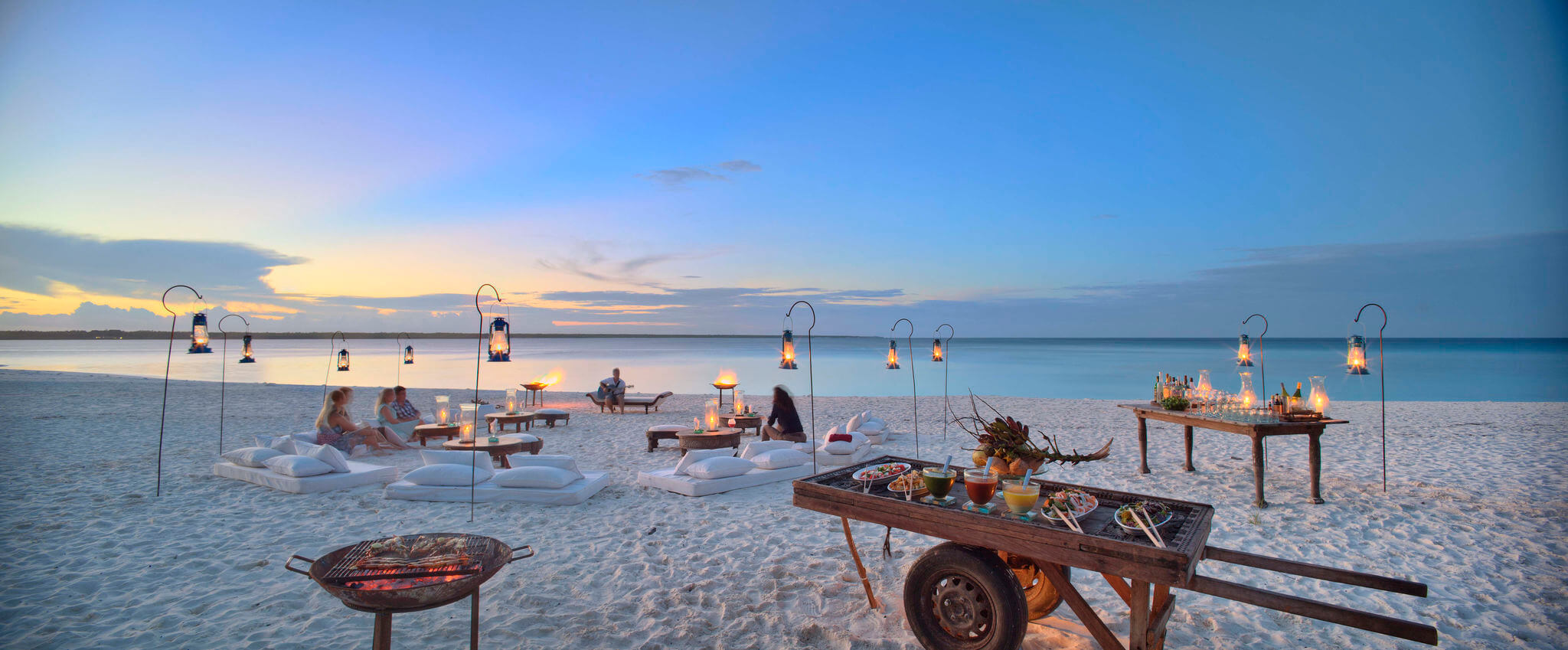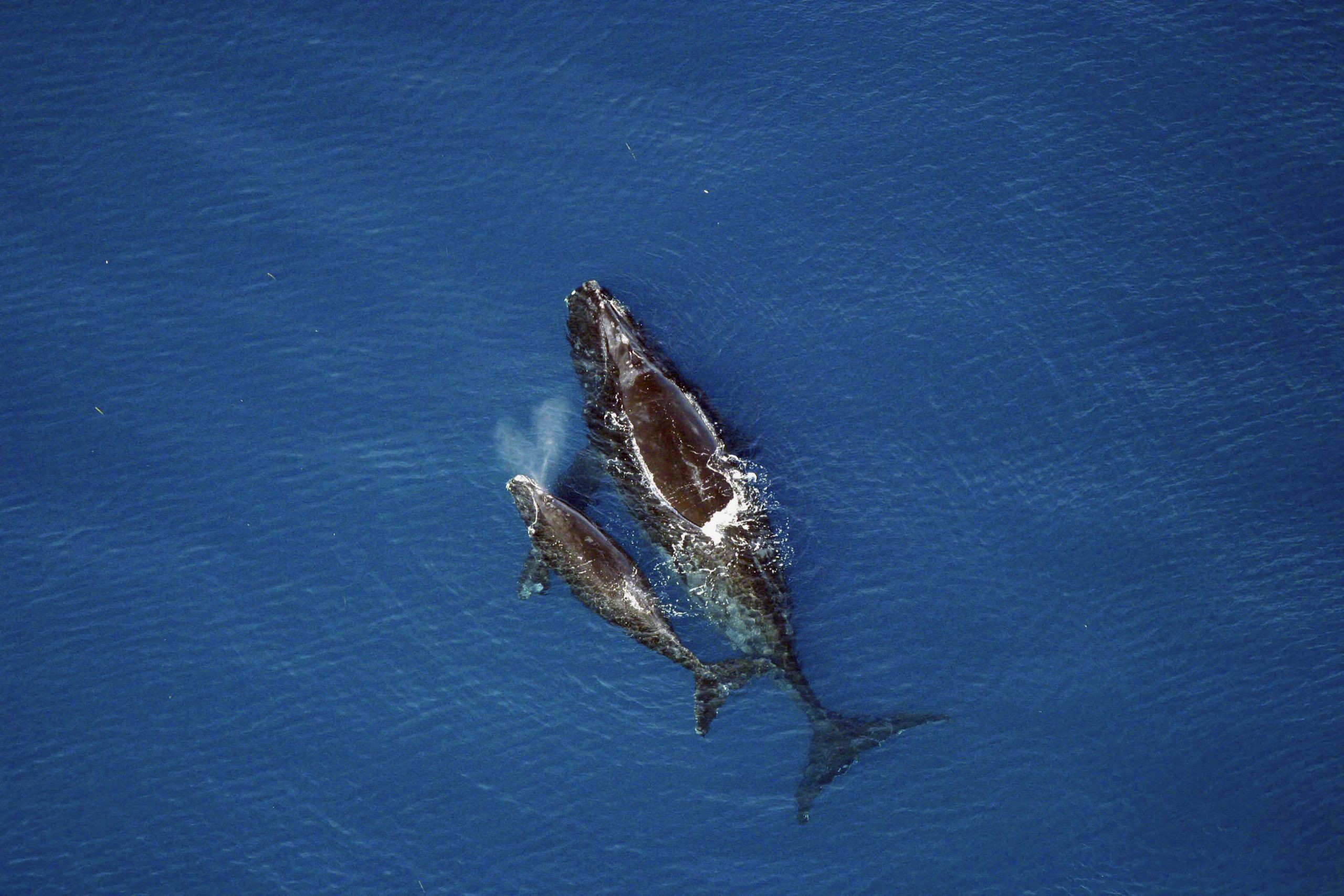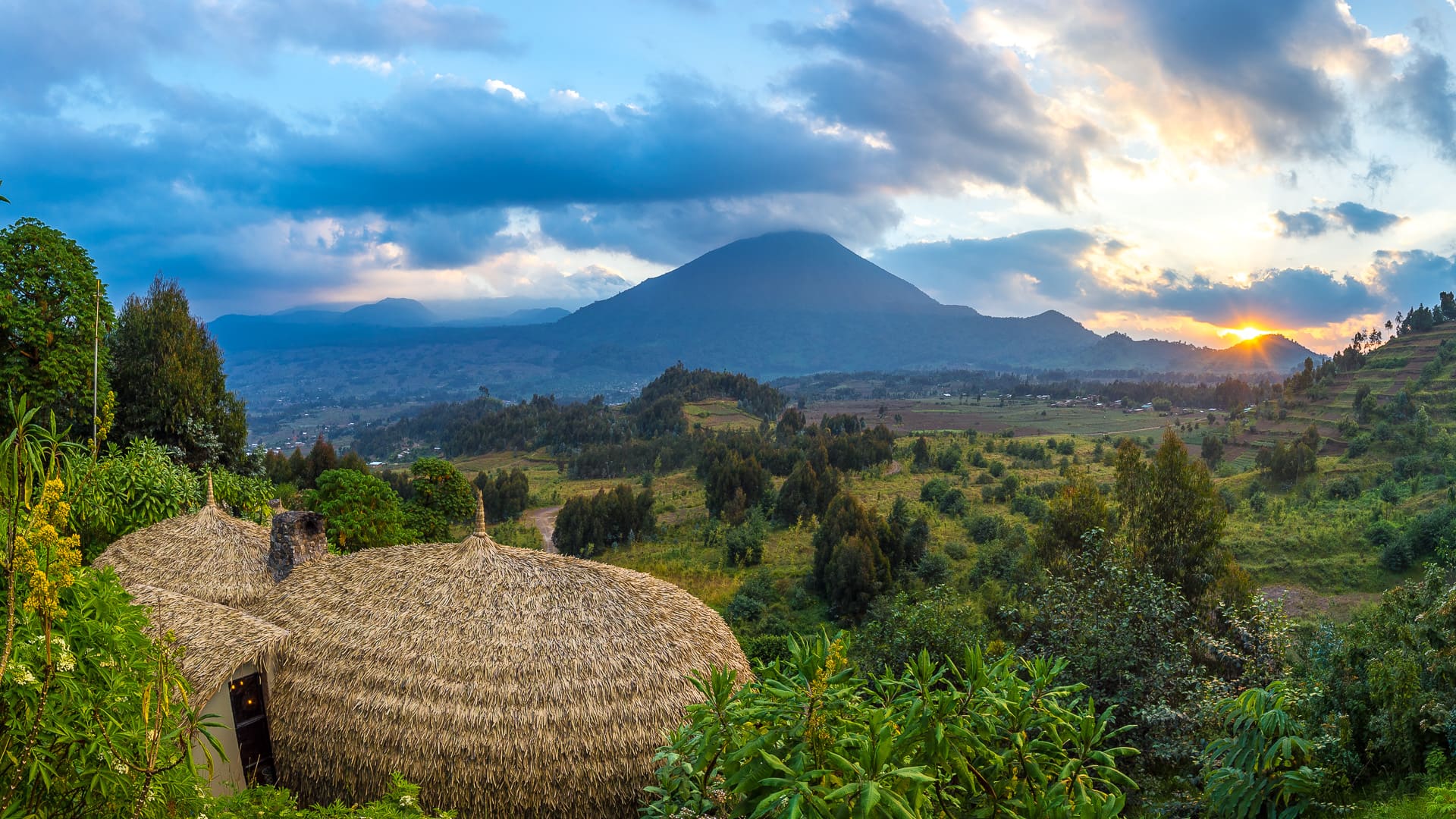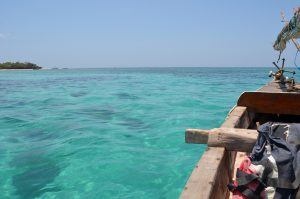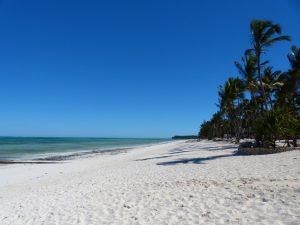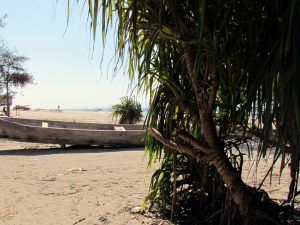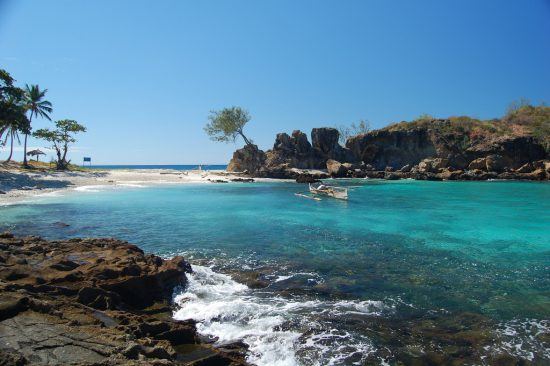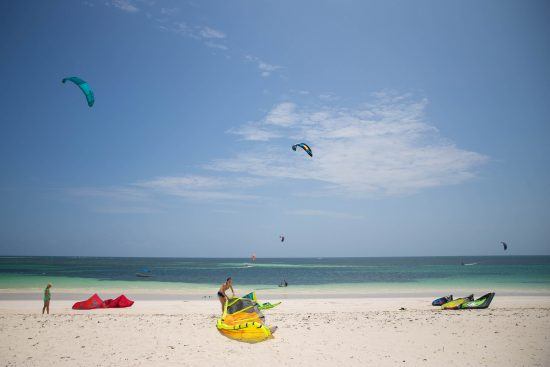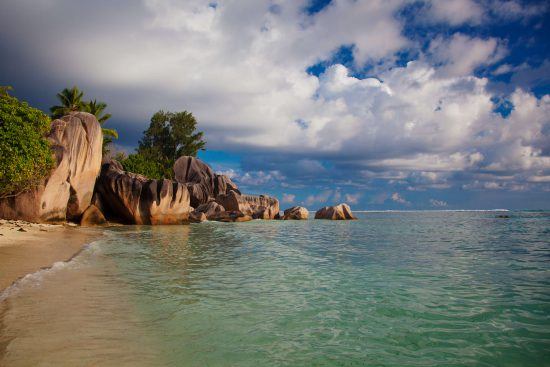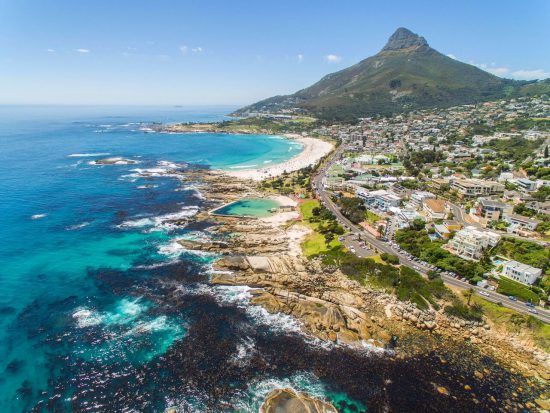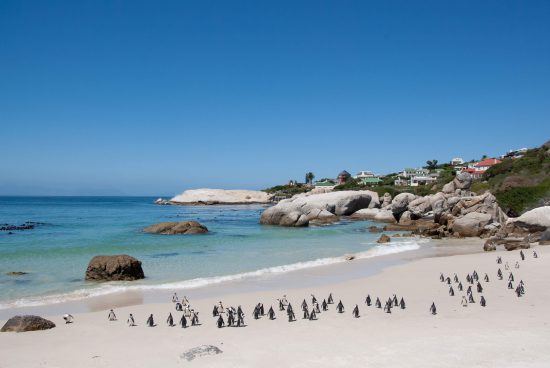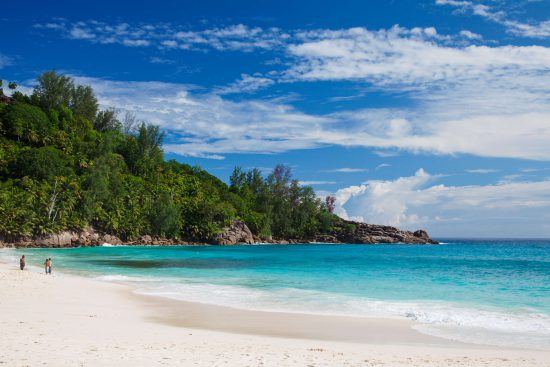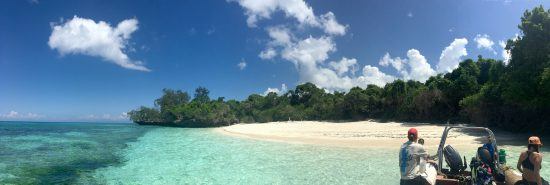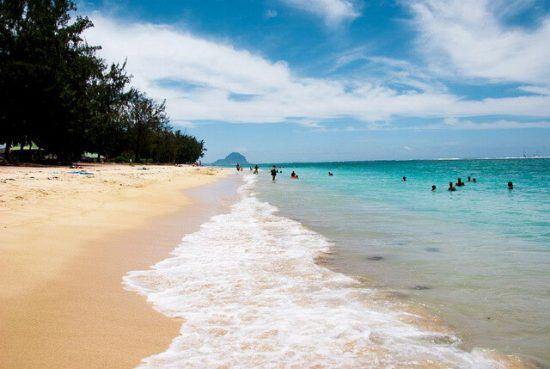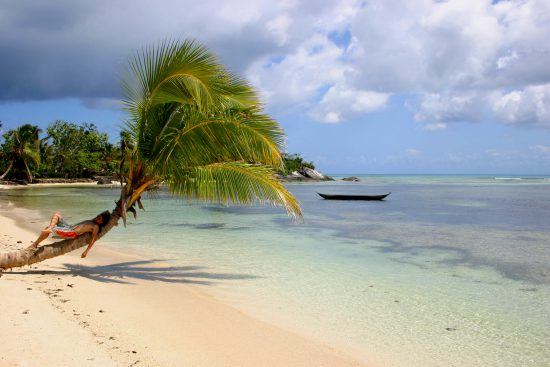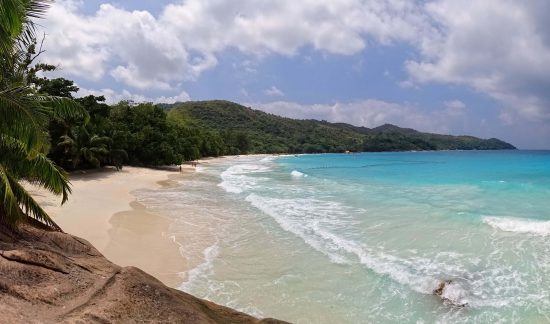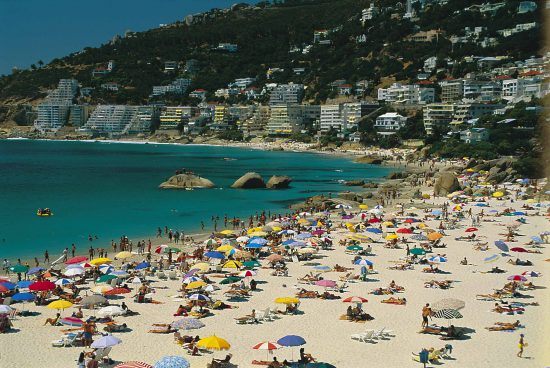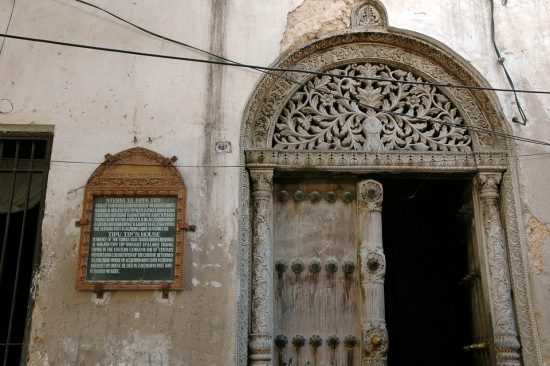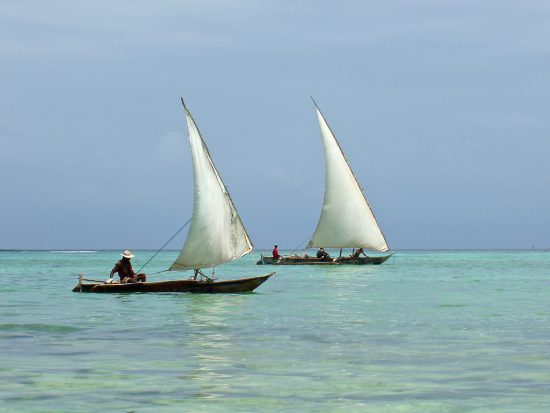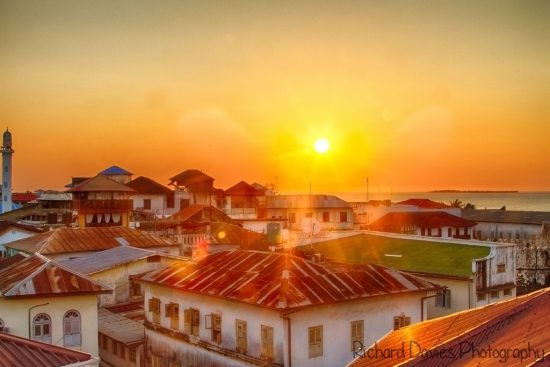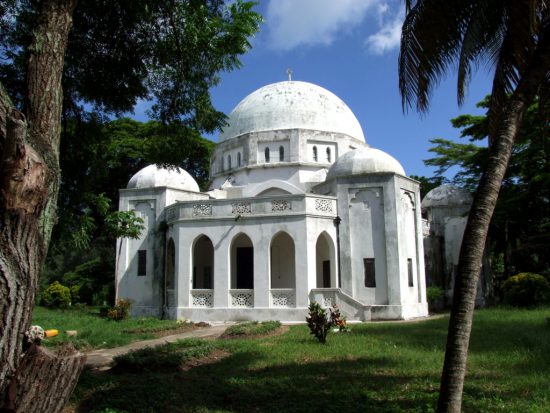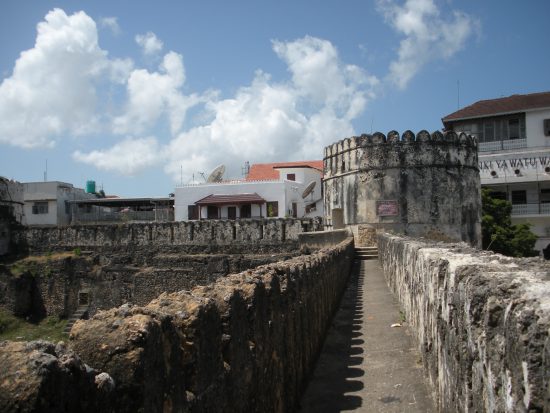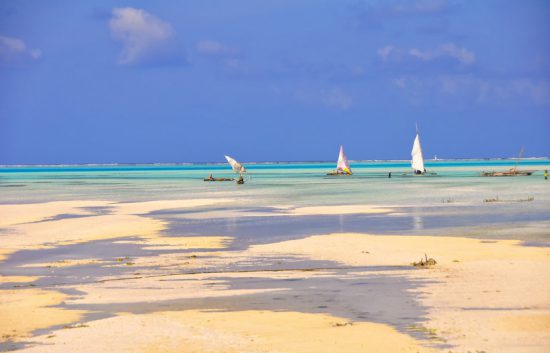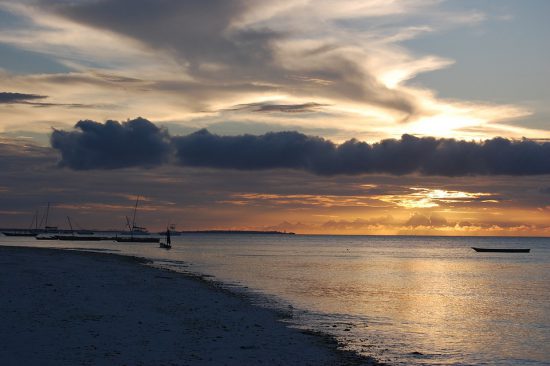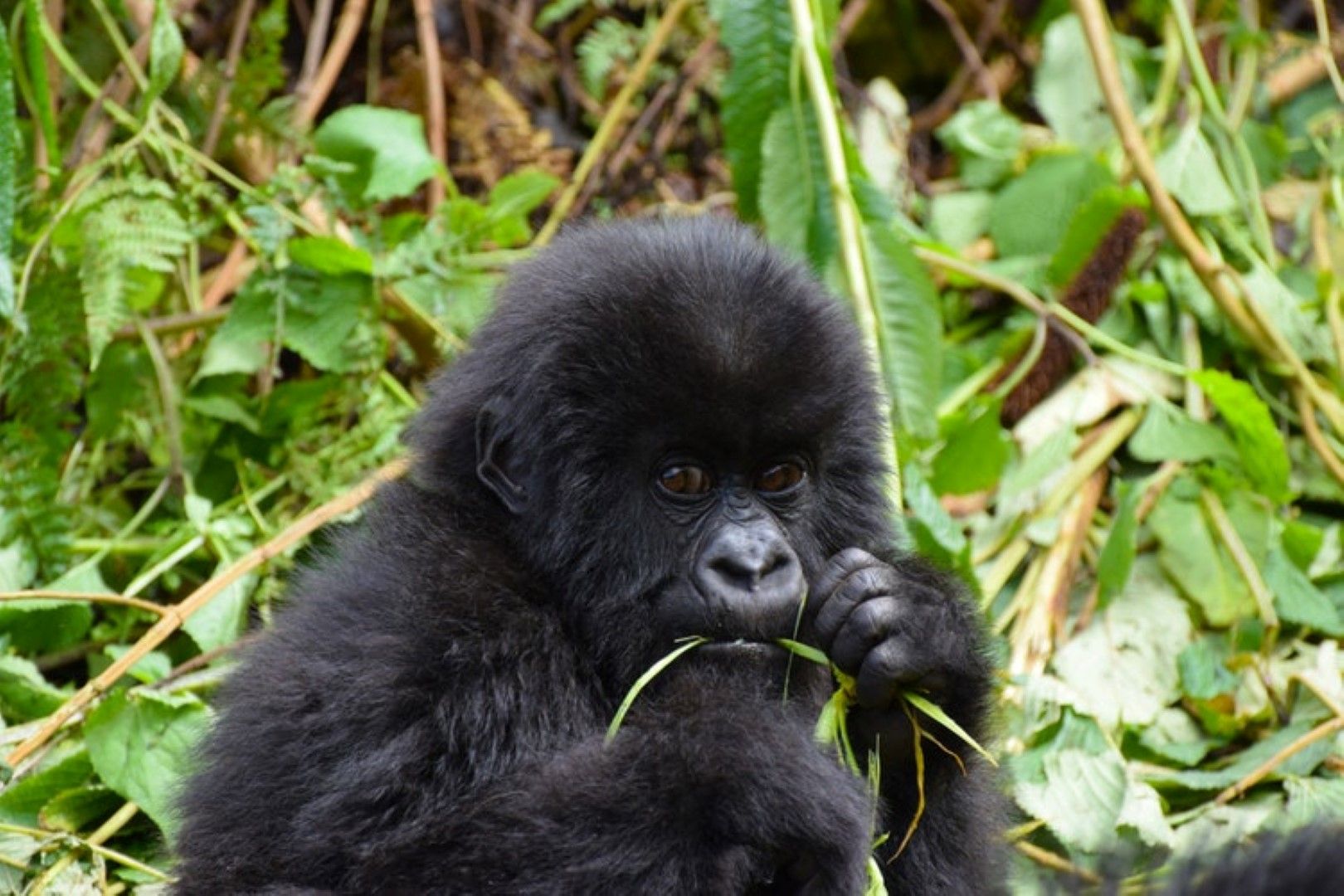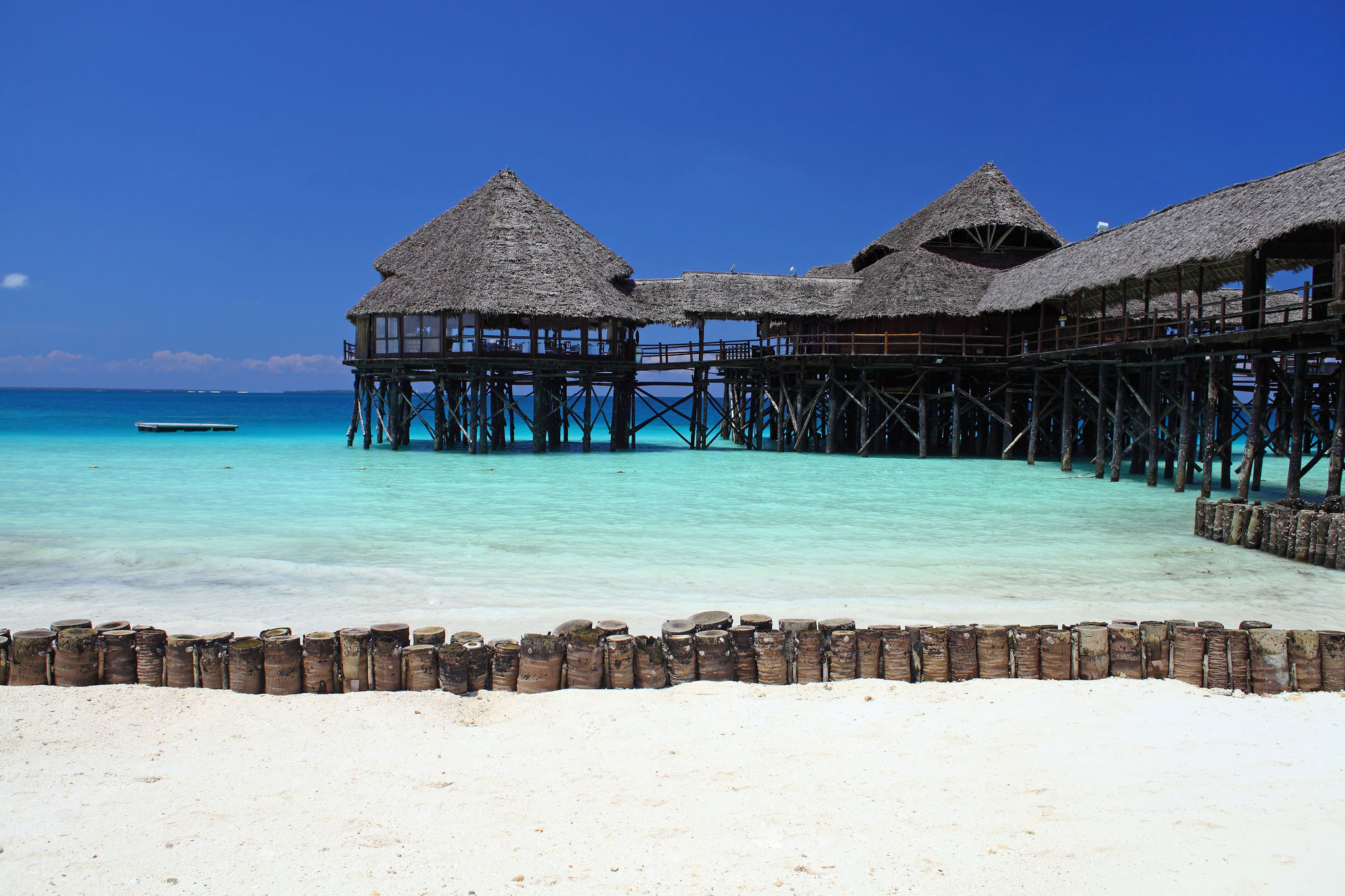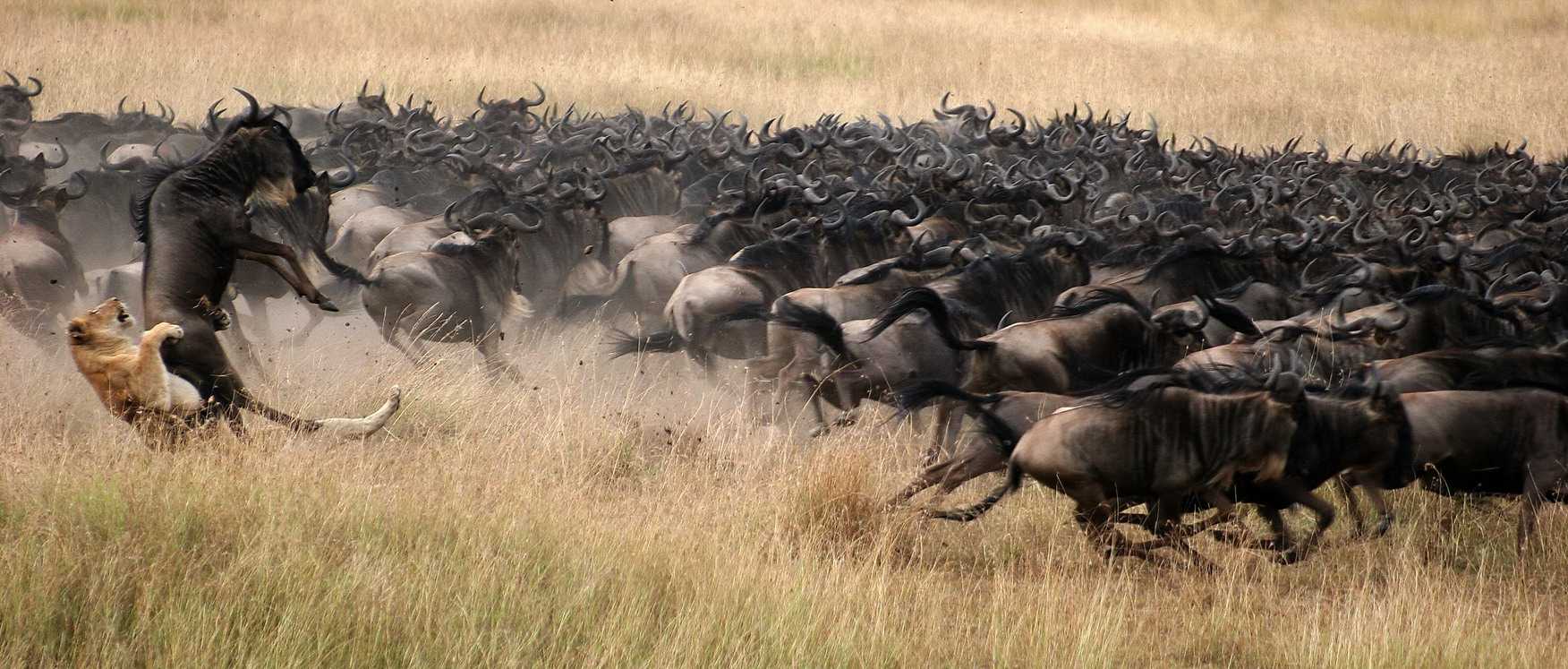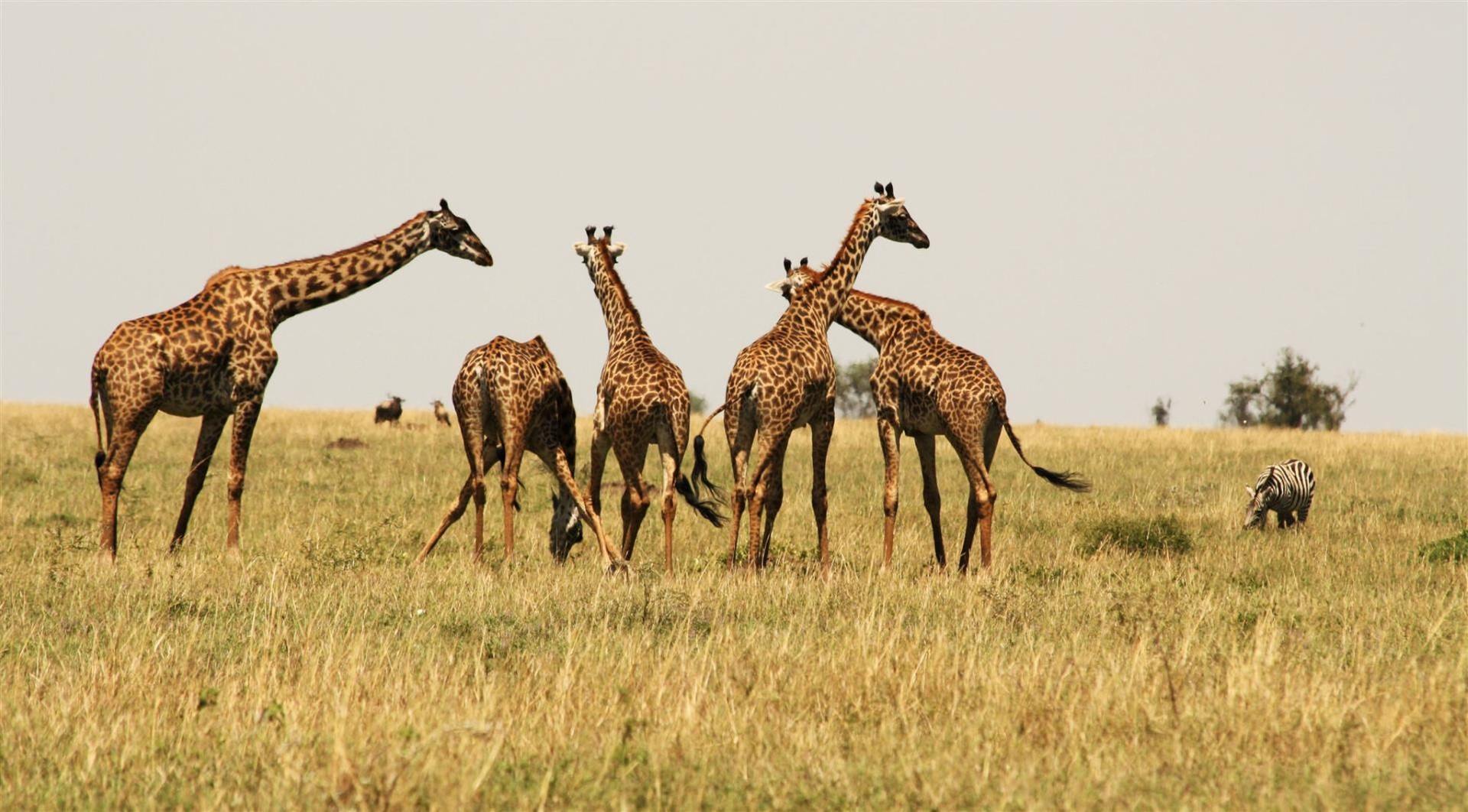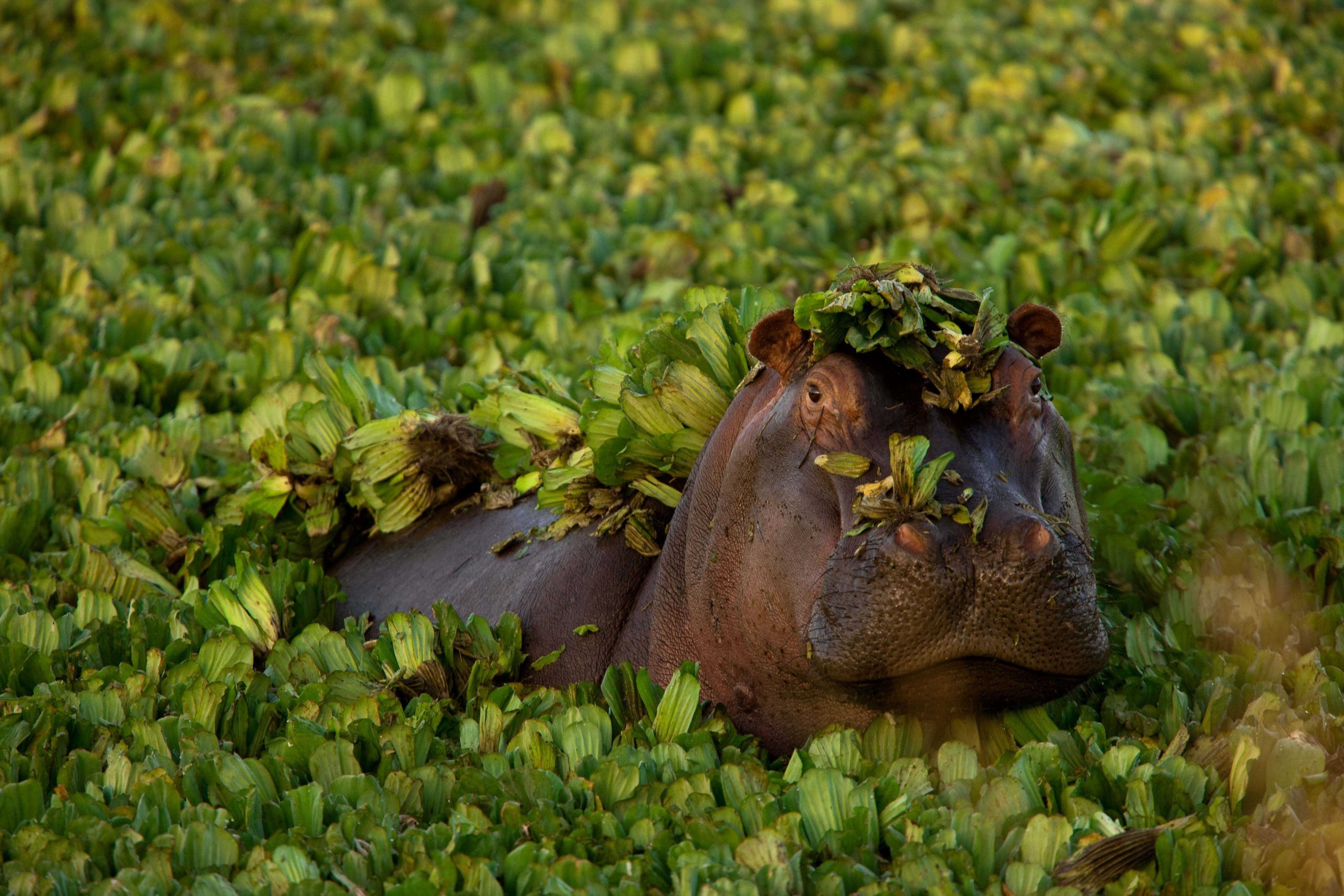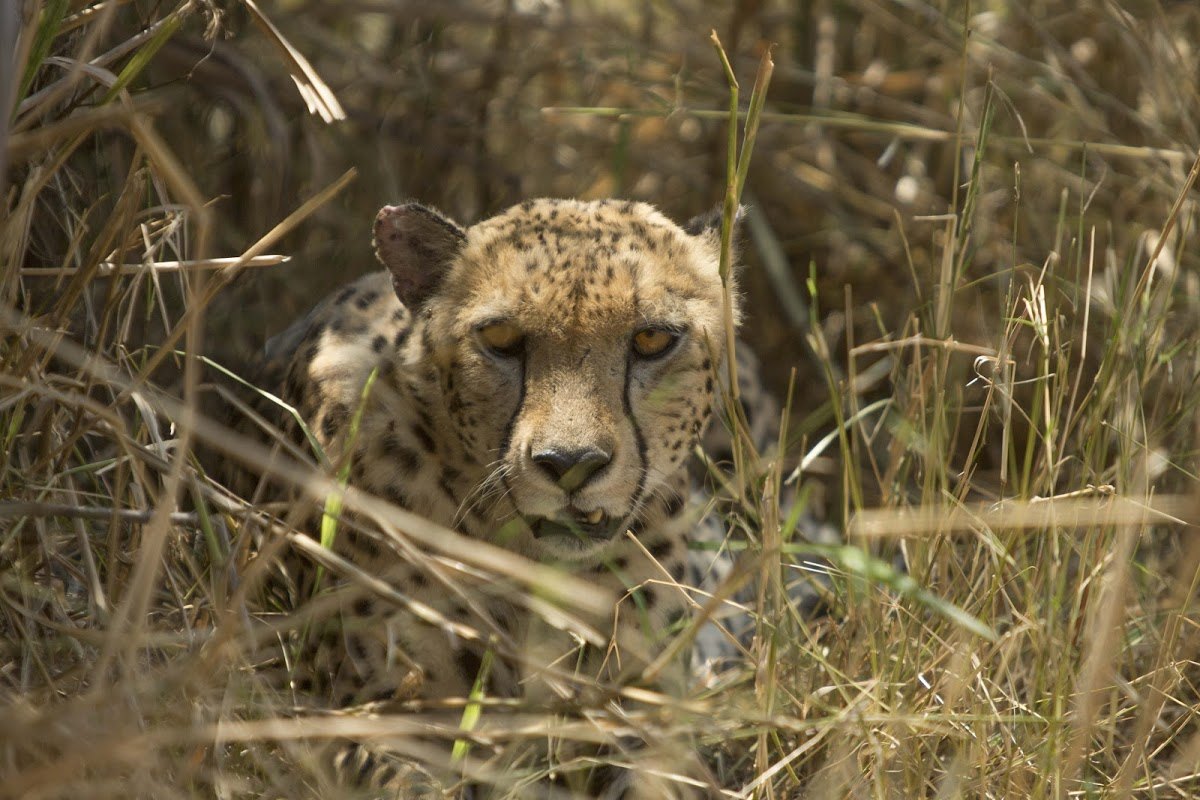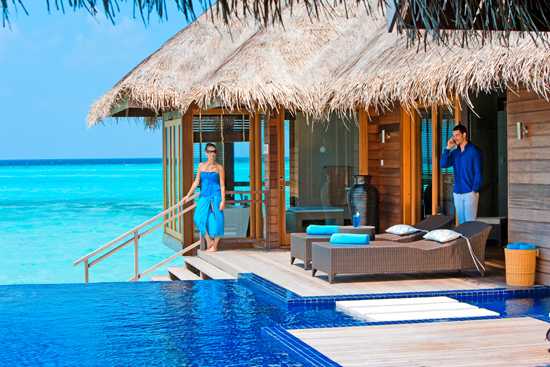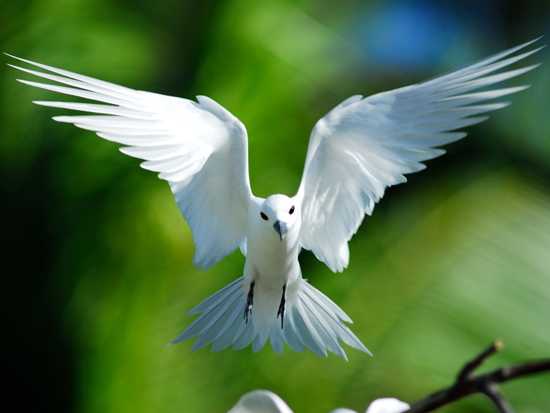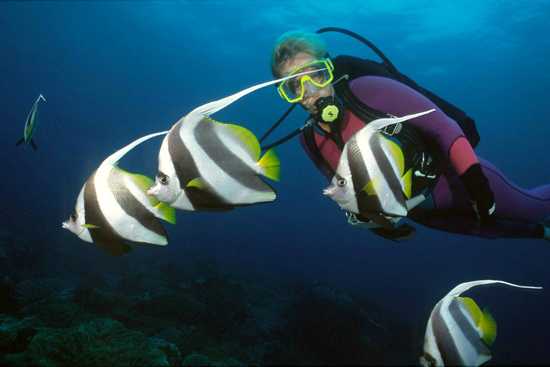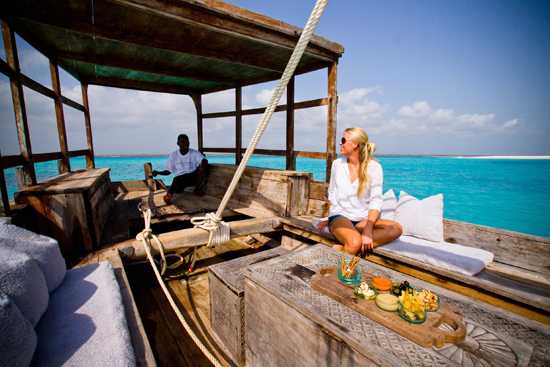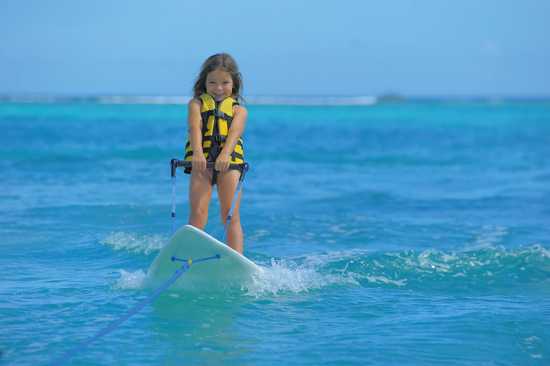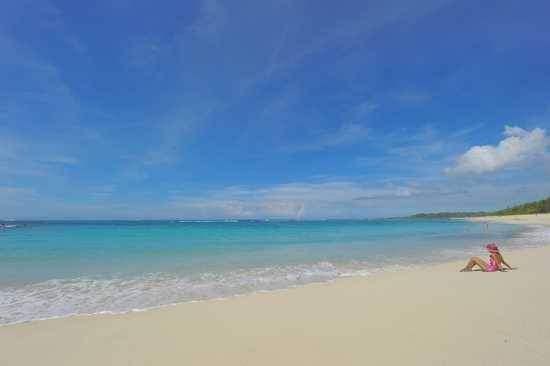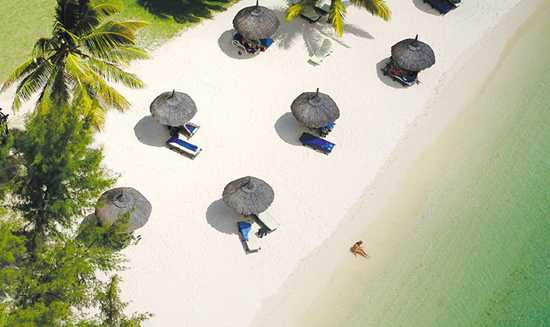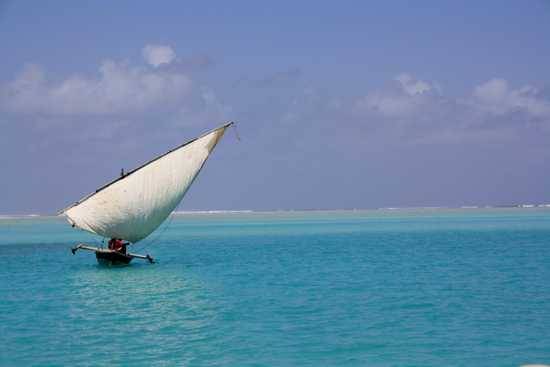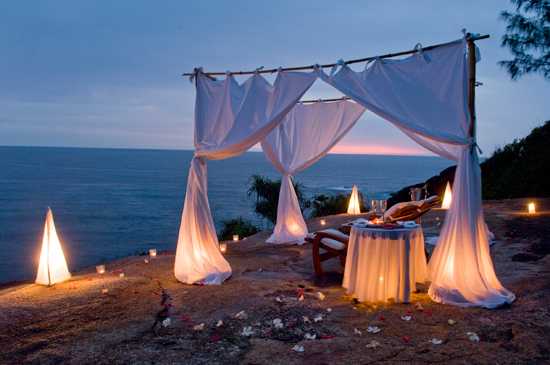Imagine a place where labyrinthine alleys, ancient architecture, and lively markets combine to create a glorious entanglement of history and exotic flavours. Welcome to Stone Town, Zanzibar! Not only is this destination a gem on its own, but it also seamlessly combines with your East Africa safari, giving you an adventure encompassing the best of both worlds – wildlife and culture. So, join us as we explore winding alleys and bustling streets to uncover the top things to do in Stone Town!

Old and new worlds collide in Zanzibar’s capital city, Stone Town
1. Historic Walking Tour
Stroll through the alluring alleyways of Stone Town on a historic walking tour and marvel at a mixture of Arabic, African, Persian, and European influenced architecture. Along the way, you’ll encounter an array of abodes adorned with exquisitely carved doorways, complete with fancy metal studs, picturesque overhanging balconies, and windows laced with intricate patterns.
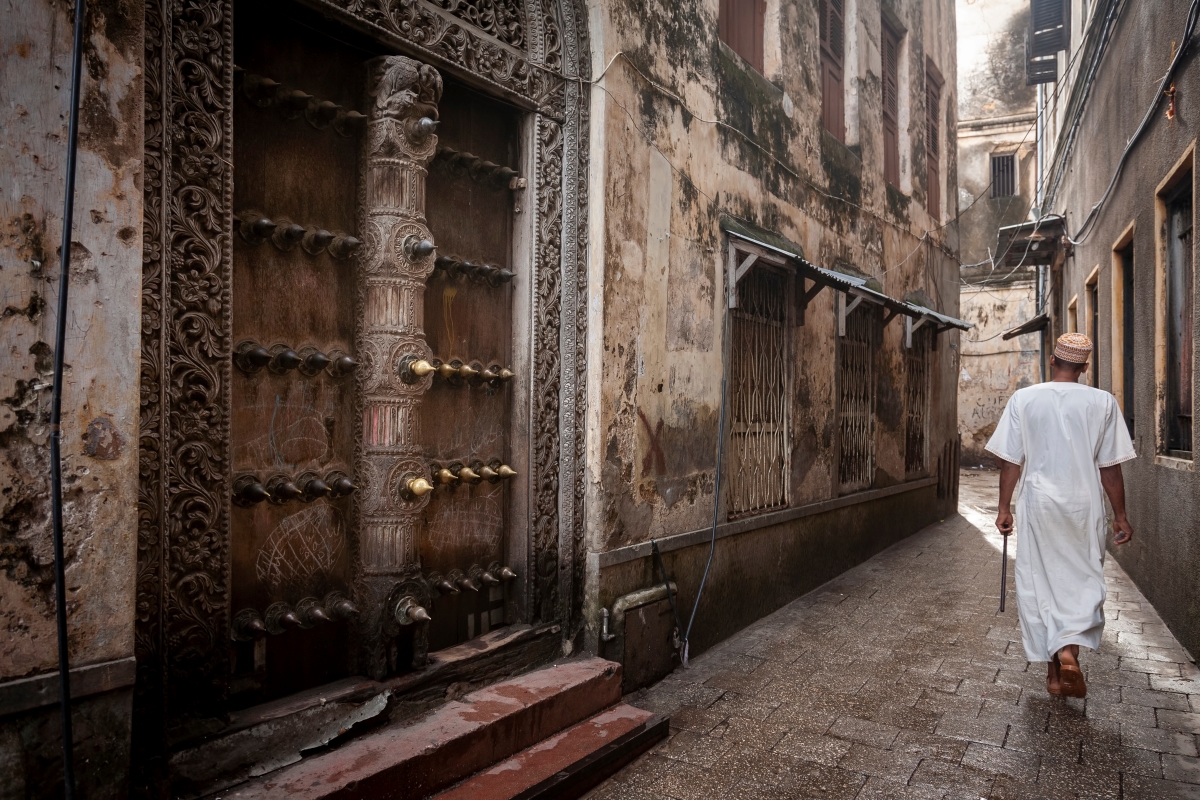
Stone Town is saturated with mosques, churches, temples, and beautiful buildings
But wait, there’s more! This spellbinding saunter will lead you to the House of Wonders, where you’ll be greeted by a marvellous assortment of personal treasures once owned by Zanzibar’s royal rulers. Fancy a detour? Swing by the Old Fort or explore the Sultan’s Palace Museum exhibits.
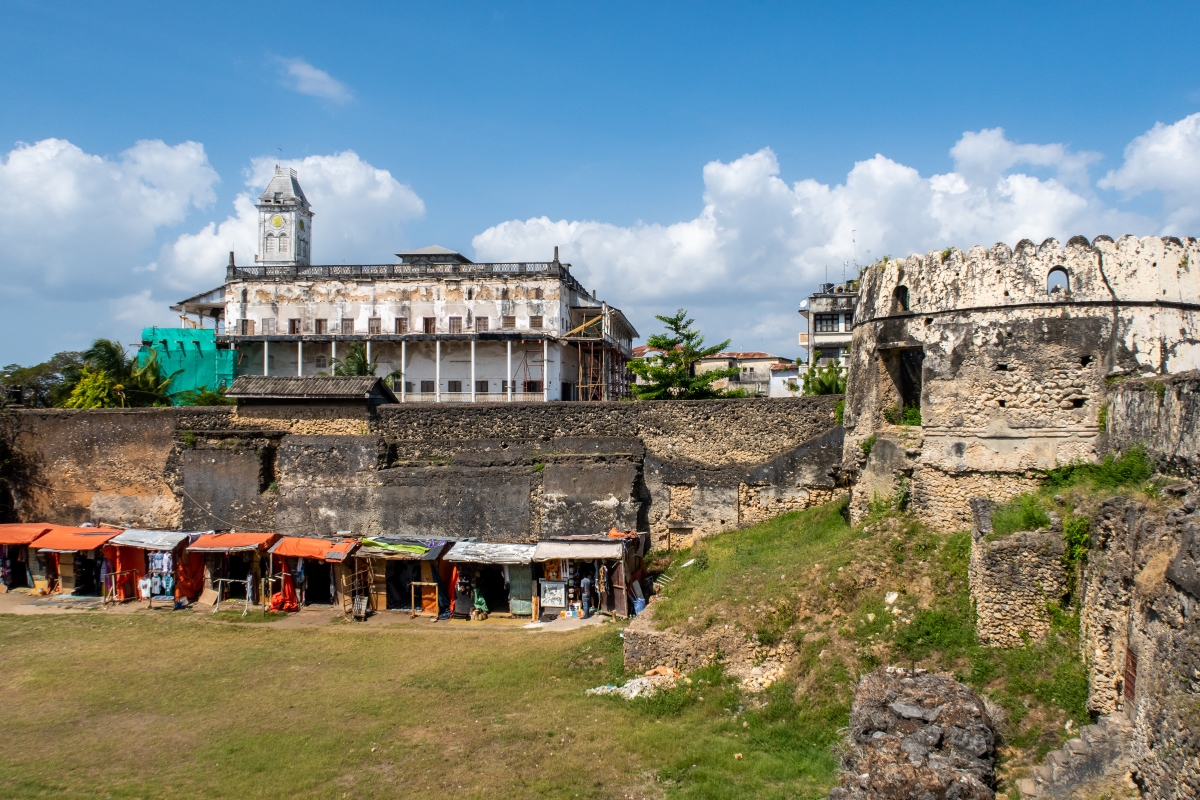
A visit to the Old Fort is one of the most popular things to do in Stone Town
2. Christ Church and Old Slave Market Museum
If you’re feeling like a true historian, why not visit one of Zanzibar’s most poignant yet important landmarks? The Christ Church and the Old Slave Market Museum serve as a solemn reminder of a sordid past. It stands on the very site where the infamous slave market once operated during Zanzibar’s dark period between the 17th and 19th centuries.
With compelling exhibits providing insight into the conditions endured by enslaved individuals and the efforts made to abolish this inhumane practice, you’ll learn about the haunting legacy of slavery, contemplate the resilience of those who suffered, and reflect on the importance of human rights and freedom in our shared history.

The slave market memorial in Stone Town
3. Prison Island Excursion
Wanting to escape the ordinary and looking for things to do in Stone Town? Well, we suggest that you set sail for an extraordinary adventure to Prison Island. But fear not, you won’t be serving time! Instead, you’ll encounter giant tortoises, bask in the warm sun on beautiful beaches, and dive into crystal-clear waters teeming with marine life.
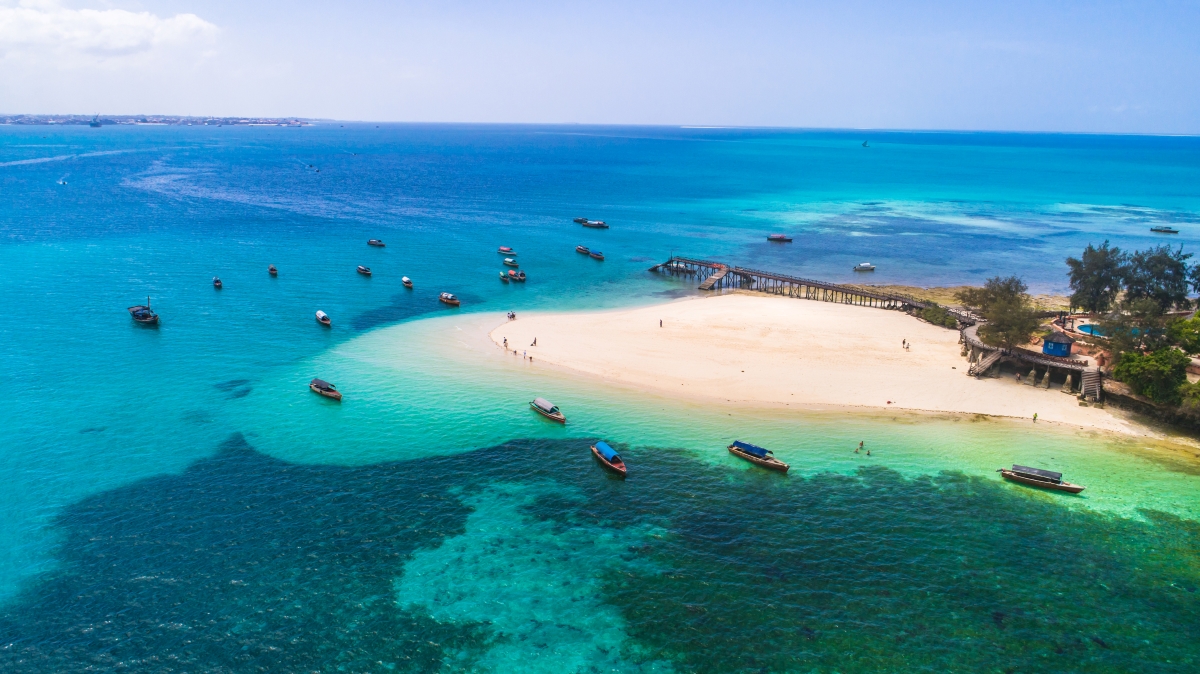
Hang out with giant tortoises, swim or snorkel, and relax on the beach of Prison Island
Located just off the western coast of Zanzibar, this small island, despite its name, has no actual prison. Initially planned as a slave prison, it never held any prisoners and was later transformed into a quarantine island for yellow fever patients during a time long forgotten.
Nowadays, there’s no cause for ailment-related worry on this peculiar isle. Instead, you get to revel in the delightful company of its gargantuan tortoises as you uncover the fascinating tales that cloak its mysterious name.

You’ll find giant tortoises on Prison Island, some as old as 200 years old
4. Visit Darajani Bazaar
Prepare your taste buds for a flavour explosion at Darajani Bazaar, where the air is thick with scents of exotic spices and the hustle and bustle of bargain hunters. It’s a sensory circus that will leave you mesmerised. Stock up on vibrant textiles, indulge in some retail therapy, and savour the spicy symphony only Stone Town can provide!
As one of Stone Town’s primary markets, Darajani Bazaar offers a wide array of goods, including spices, freshly caught fish, meat and fresh produce. However, we recommend taking a moment to observe the lively scene outside the market before venturing in. Outside, you’ll find vendors peddling an assortment of wares, including souvenirs!

Stock up on the freshest fruit and vegetables at Stone Town’s Darajani Bazaar
5. Sample Local Cuisine
You didn’t travel all this way just to eat a boring sandwich, did you? Absolutely not! It’s time to unleash your inner food connoisseur because one of the best things to do in Stone Town is to sample the local cuisine! Brace yourself for succulent seafood feasts and fragrant curries that will transport you to a realm of flavour ecstasy.
And let’s not forget about the mind-blowing Zanzibar pizza – a savoury pancake of sorts housing a dizzying array of fillings that will make your taste buds dance with joy! Moreover, make sure not to miss sampling Swahili street food, a delightful fusion of Bantu, Arab, and Indian spices that will redefine your understanding of deliciousness.

Creative combinations of fillings add a playful twist to your Zanzibar Pizza
6. Stop at Mercury House
The finale (and most fabulous) of the top things to do in Stone Town – particularly for all you music lovers out there! Pay homage to the legendary Freddie Mercury at Freddie Mercury Museum. Now, we know what you’re thinking, “why on earth is there a Freddie museum in Stone Town?” Well, hold onto your hats because we’re about to tell you…
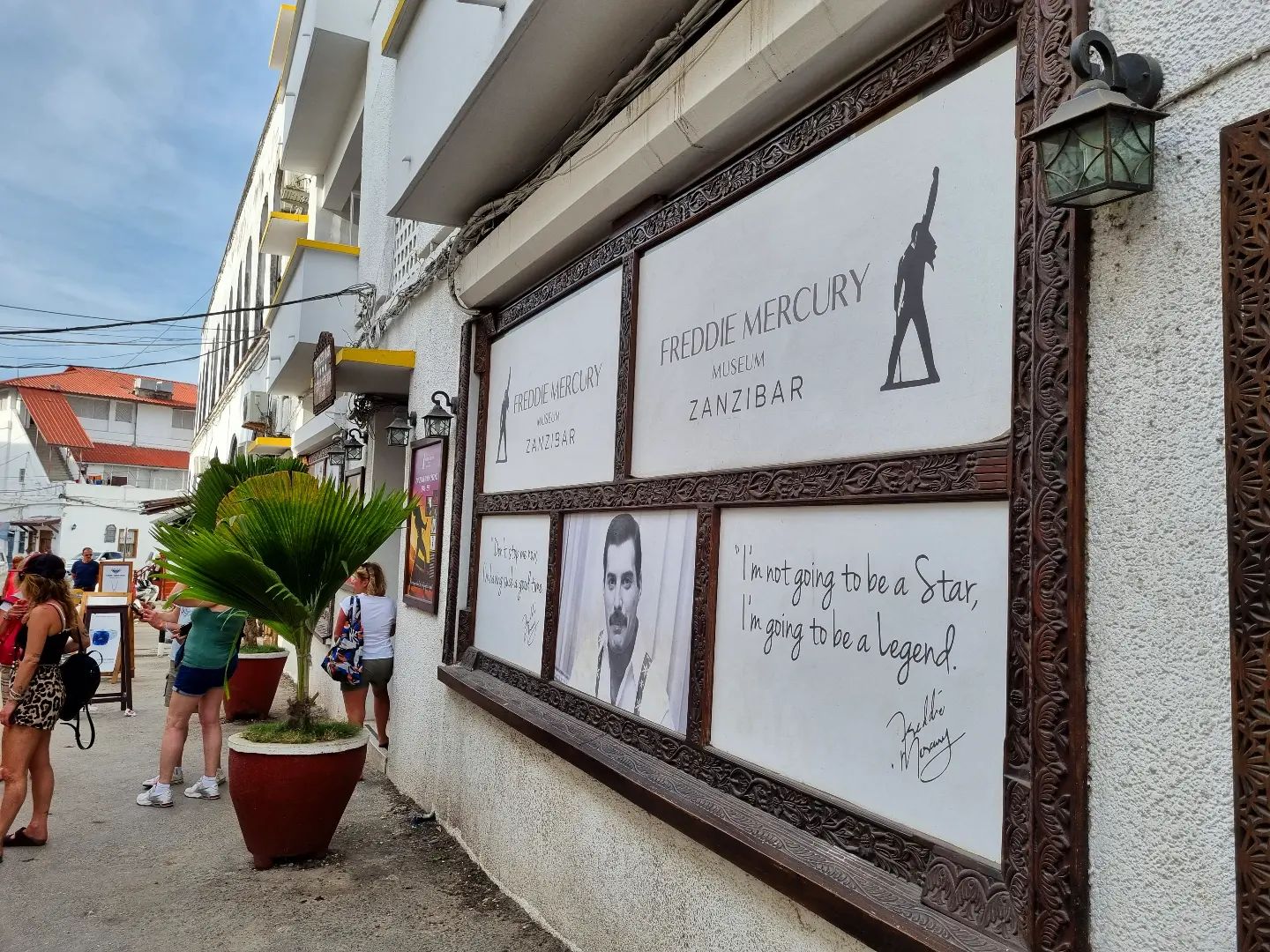
Find out about Freddie’s life and his enduring impact on the world of music, Image Credit: Freddie Mercury Museum, Zanzibar
Freddie (originally named Farrokh Bulsara) was born on 5 September 1946 in Zanzibar, Stone Town. That’s right, he’s a bona fide Zanzibari! And the Freddie Mercury Museum, affectionately known as “Mercury House”, is the very same house where Freddie and his family lived before moving to England in 1963.
Step inside and immerse yourself in the memorabilia, photographs, and treasures that celebrate the life and legacy of the rock ‘n’ roll icon himself. It’s a must-visit spot for all the Bohemians out there!

Showcasing Freddie’s extraordinary journey from childhood and beyond, Image Credit: Freddie Mercury Museum, Zanzibar
Captivating Stone Town is Calling
As you may have surmised, Stone Town’s labyrinthine alleys hold an abundance of surprises awaiting at every turn. Whether exploring its eclectic streets, indulging in a feast of flavours, or immersing yourself in the resounding echoes of history, each moment spent in this remarkable destination promises the unexpected and unforgettable.
So, prepare to ignite your sense of curiosity and start planning your escape to the captivating realm of Stone Town.


